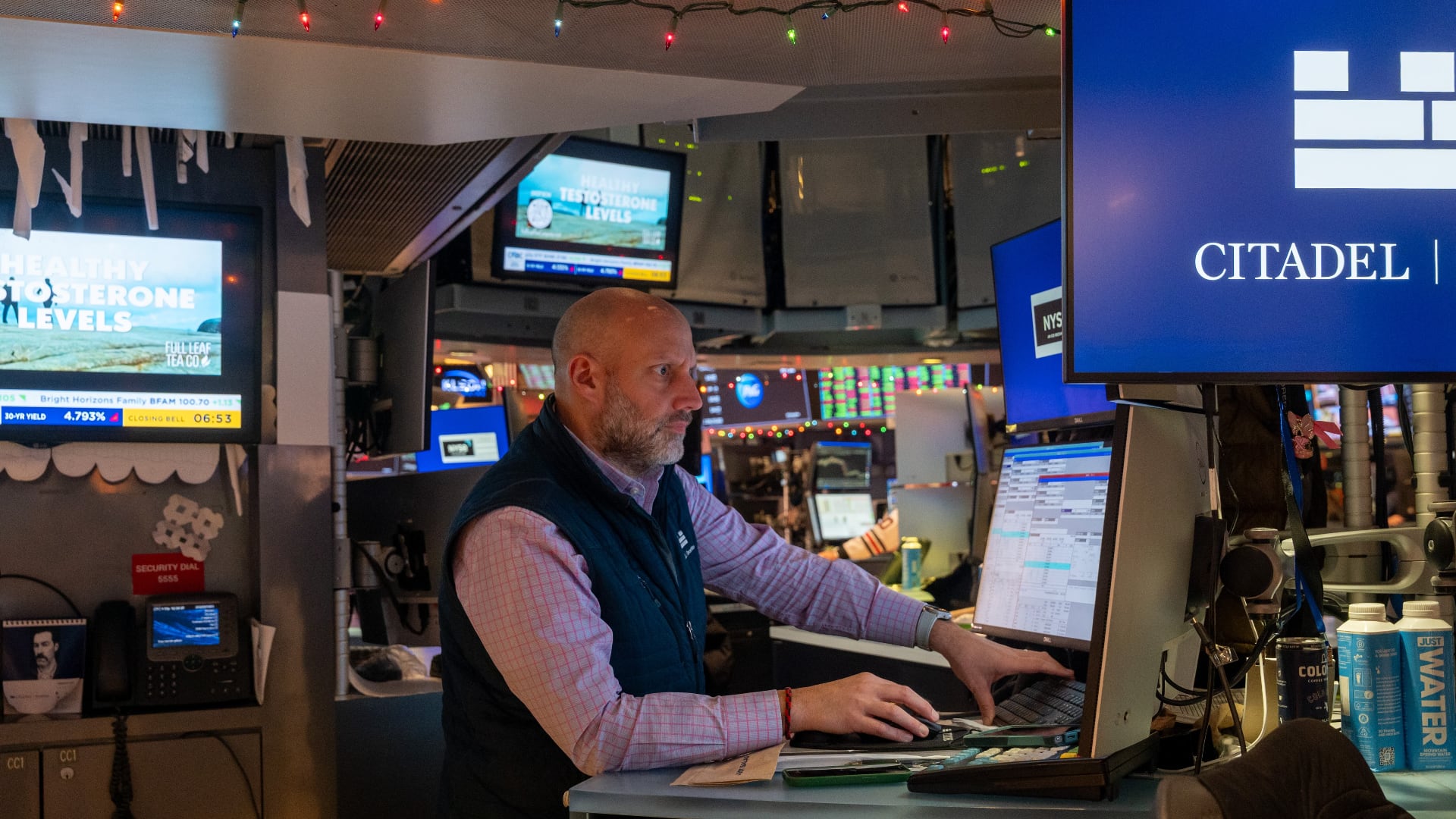Philanthropist and former Democratic presidential candidate Tom Steyer is urging President Joe Biden to be ambitious in his administration's plan to tackle climate change, and that means doing more than simply reversing the retrograde policies of his predecessor.
"I think Mr. Trump never dealt with the facts on the ground, and he put in a lot of executive orders that I believe that President Biden will successfully overturn," Steyer told Cheddar.
The bigger question for Steyer is whether or not the Biden administration will successfully pass the "Build Back Better" plan the president and vice president campaigned on.
The plan sets out an expansive agenda for creating jobs, addressing racial inequality, recovering from the pandemic, and tackling climate change through infrastructure and green energy investments.
"We've really moved past the question about are we going to do this," Steyer said. "The question is how are we going to do this, how fast are we going to do this."
For the former hedge fund manager, also mobilizing the private sector to this end is essential.
"To a large extent, this is going to come down to the private sector leading in technology, leading in entrepreneurship, and really making it happen in the way that America has traditionally has won," he explained.
Responding to climate change is inevitable, Steyer added, especially with more Americans from both sides of the aisle embracing the need for a green transition. What's still up in the air is whether the U.S. economy benefits more or less from the transition.
"Honestly, if we don't lead here, if we follow the rest of the world, then these products will be created, but the jobs will be created in Shanghai. The jobs will be created in Frankfurt," he said. "We're behind. Americans can win, but that means we have to redouble our effort."
Steyer pointed to the recent announcement from GM that it will only produce zero-emission vehicles by 2035 as an example of the growing embrace of a green economy.
"Look, I was an investor for 35 years," he said. "You always have to invest in the future. You can't be investing in the ideas of the past, and we are behind. We can't spend any more time rebuilding 1950. What we need to do is build 2050 to invest in the future."








